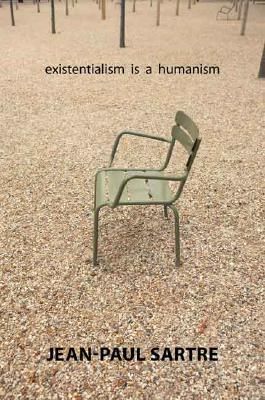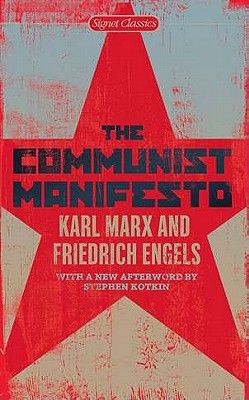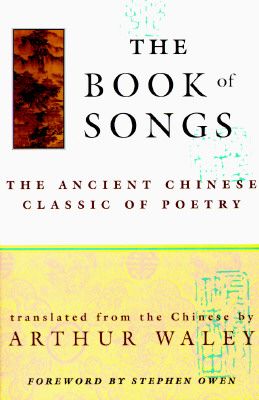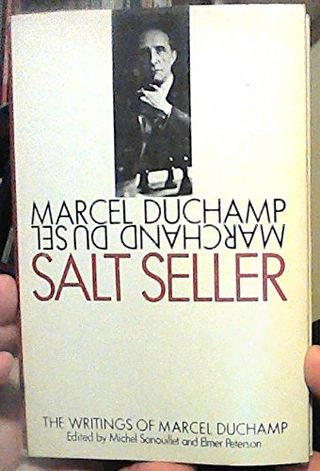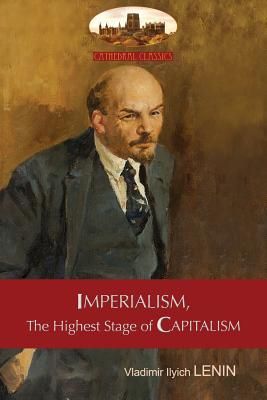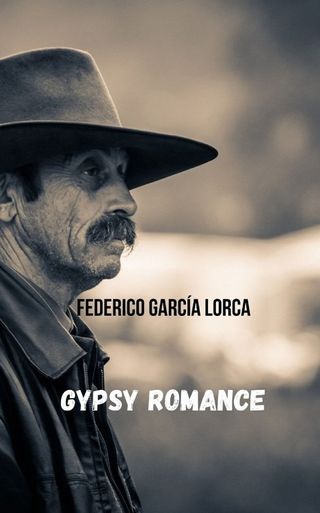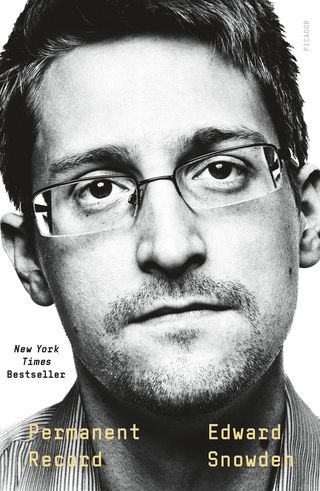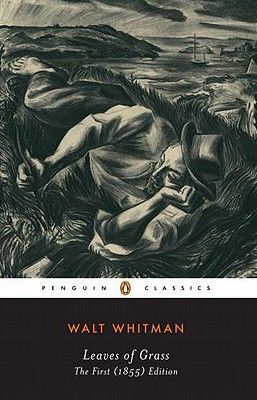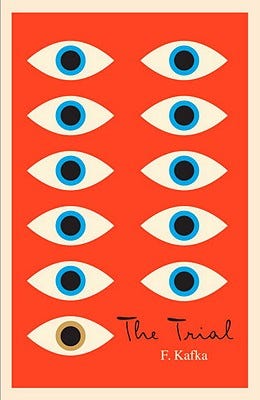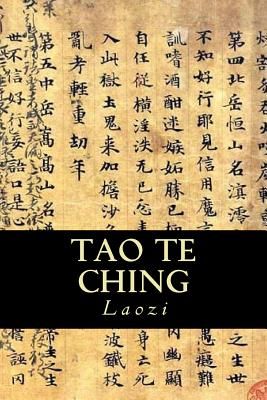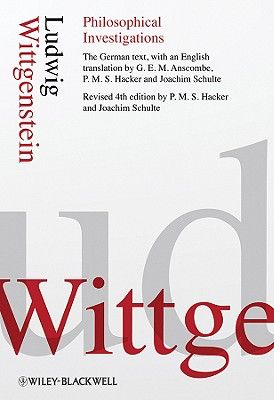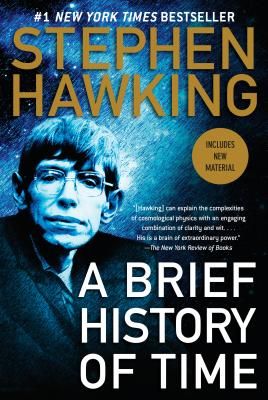Welcome to Shelf Life, ELLE.com’s books column, in which authors share their most memorable reads. Whether you’re on the hunt for a book to console you, move you profoundly, or make you laugh, consider a recommendation from the writers in our series, who, like you (since you’re here), love books. Perhaps one of their favorite titles will become one of yours, too.
It has been 10 years since artist Ai Weiwei was detained by Chinese authorities and held in solitary confinement for 81 days. It was then that he started thinking about writing a memoir for his now-tweenage son. The result: 1000 Years of Joys and Sorrows (Crown), with a cover of his design, published today.
Ai never got to ask questions of his own father, poet Ai Qing, who was exiled for 20 years for criticizing the Communist regime and forced to clean communal toilets.
The former architect who filled a gallery at the Tate Modern with millions of handcrafted porcelain sunflower seeds and co-designed the Bird’s Nest, or Beijing National Stadium, for the 2008 Summer Olympics, is as famed for his activism as for his art. He’s created portraits of dissidents and missing Mexican students out of Legos.
In “Remembering,” he hung 9,000 backpacks on Munich’s Haus der Kunst in honor of the more than 5,000 schoolchildren who died in the 2008 Sichuan earthquake. On Berlin’s Konzerthaus, he hung 14,000 life jackets worn by migrants trying to reach Europe by sea. In “Laundromat,” he filled a New York gallery with thousands of articles of clothes left behind by migrants at a camp on the Greece/Macedonia border.
The subject of documentaries (Ai Weiwei, Never Sorry, Ai Weiwei: The Fake Case) has made a few of his own: Human Flow, an Oscar-shortlisted chronicle of the global refugee crisis; Cockroach, on the 2019 Hong Kong protests; and Coronation, on Wuhan under lockdown. During the pandemic, he raised $1.4 million for human rights and refugee organizations by selling printed masks via eBay. Another mask collection, The Way Follow Nature, will benefit Hawai’i Contemporary’s Hawai’i Triennial 2022.
He now lives in Portugal, where his largest ever exhibition is mounted. “Rapture,” 40,000 square feet of 80 works, installations, videos, photographs and films, is on view at Lisbon’s Cordoaria Nacional through November 28. He owns 30 tons of buttons, once kept 30 cats at his Beijing compound, and likes hummus.
The book that…
…shaped my worldview:
Existentialism Is a Humanism (1946) by Jean-Paul Sartre (1905 – 1980)
…made me rethink a long-held belief:
The Communist Manifesto (1848), by Karl Marx (1818 – 1883) and Friedrich Engels (1820 –1895)
…I swear I’ll finish one day:
The Book of Songs (c. 11th to 7th centuries BC)
…I read in one sitting, it was that good:
Salt Seller: The Writings of Marcel Duchamp (1973), by Marcel Duchamp (1887 – 1968)
…currently sits on my nightstand:
The Classic of Mountains and Seas (c. 4th century BC)
…proved me wrong about something:
Imperialism, the Highest Stage of Capitalism (1917) by Vladimir Lenin (1870 – 1924)
…I’d pass onto my kid:
Gypsy Romance (1928) by Federico García Lorca (1898 – 1936)
…made me laugh out loud:
Life on the Mississippi (1883) by Mark Twain (1835-1910)
…I first bought:
The Philosophy of Andy Warhol (From A to B & Back Again) (1975) by Andy Warhol (1928 – 1987)
…I last bought:
Permanent Record (2019) by Edward Snowden (b. 1983)
…has the best title:
Leaves of Grass (1855) by Walt Whitman (1819 – 1892)
…has the greatest ending:
The Trial (1925) by Franz Kafka (1883 – 1924)
…should be on every college syllabus:
Tao Te Ching (c. 4th century BC) by Laozi (c. 6th – 5th century BC)
…I brought on a trip I don’t recall details of:
Philosophical Investigations (1953) by Ludwig Wittgenstein (1889 – 1951)
…everyone should read:
A Brief History of Time (1988) by Stephen Hawking (1942 – 2018). It is one of the most important interpretations and helps us understand the relationship between mankind and the universe. What we do cannot be dissociated from this interpretation, as it provides us with the biggest picture of what the universe is like.
…surprised me:
Heavenly Questions (c. 475 – 221 BC) by Qu Yuan (c. 340 – 278 BC), an important piece of work. Qu Yuan in ancient times has already performed the highest duty of Chinese literati, that is, to ask questions. This kind of ability no longer exists in China today.
This content is created and maintained by a third party, and imported onto this page to help users provide their email addresses. You may be able to find more information about this and similar content at piano.io


